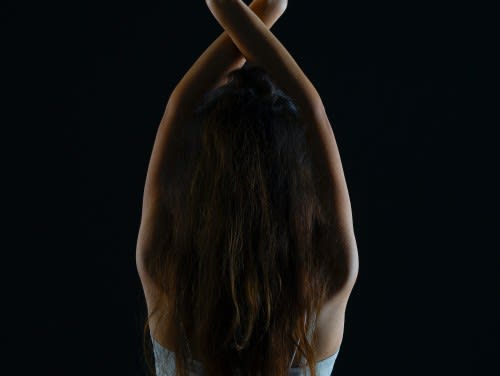What is Body Dysmorphic Disorder (BDD)?

posted 11th October 2022

What is body dysmorphic disorder (BDD)?
Body dysmorphic disorder (BDD) is an anxiety disorder related to body image. It's closely related to obsessive-compulsive disorder (OCD).
Symptoms of BDD:
Obsessive worries about one or more perceived flaws in your physical appearance, and the flaw can't be seen by others or appears very slight
Compulsive and repetitive behaviours and routines, such as excessive use of mirrors or picking your skin, to deal with the worries you have about the way you look.
Experience significant disruption to your daily life as a result of these worries and behaviours, such as avoiding social situations.
BDD may also cause other problems, such as:
Feelings of shame, guilt or loneliness
Depression or anxiety
Isolating yourself to avoid situations that cause you anxiety or discomfort
Misuse of alcohol or other drugs
Feeling you need unnecessary medical procedures, such as cosmetic surgery
Eating disorders
Obsessive-compulsive disorder (OCD)
Self-harm
Suicidal thoughts
Treatment for BDD:
Anti-depressant medication, such as selective serotonin re uptake inhibitors (SSRIs), and cognitive-behavioural therapy (CBT) are considered effective. SSRIs can help relieve obsessive-compulsive and delusional traits, while cognitive-behavioural therapy can help patients recognise faulty thought patterns.
CBT
The aim of CBT for BDD is to help you feel less anxious about your body by: helping you change your attitude to body image and physical appearance. It helps you learn what triggers your symptoms and teaches you different ways of thinking about and dealing with your habits. It helps you learn how negative thoughts, emotional reactions and behaviours maintain problems over time.



